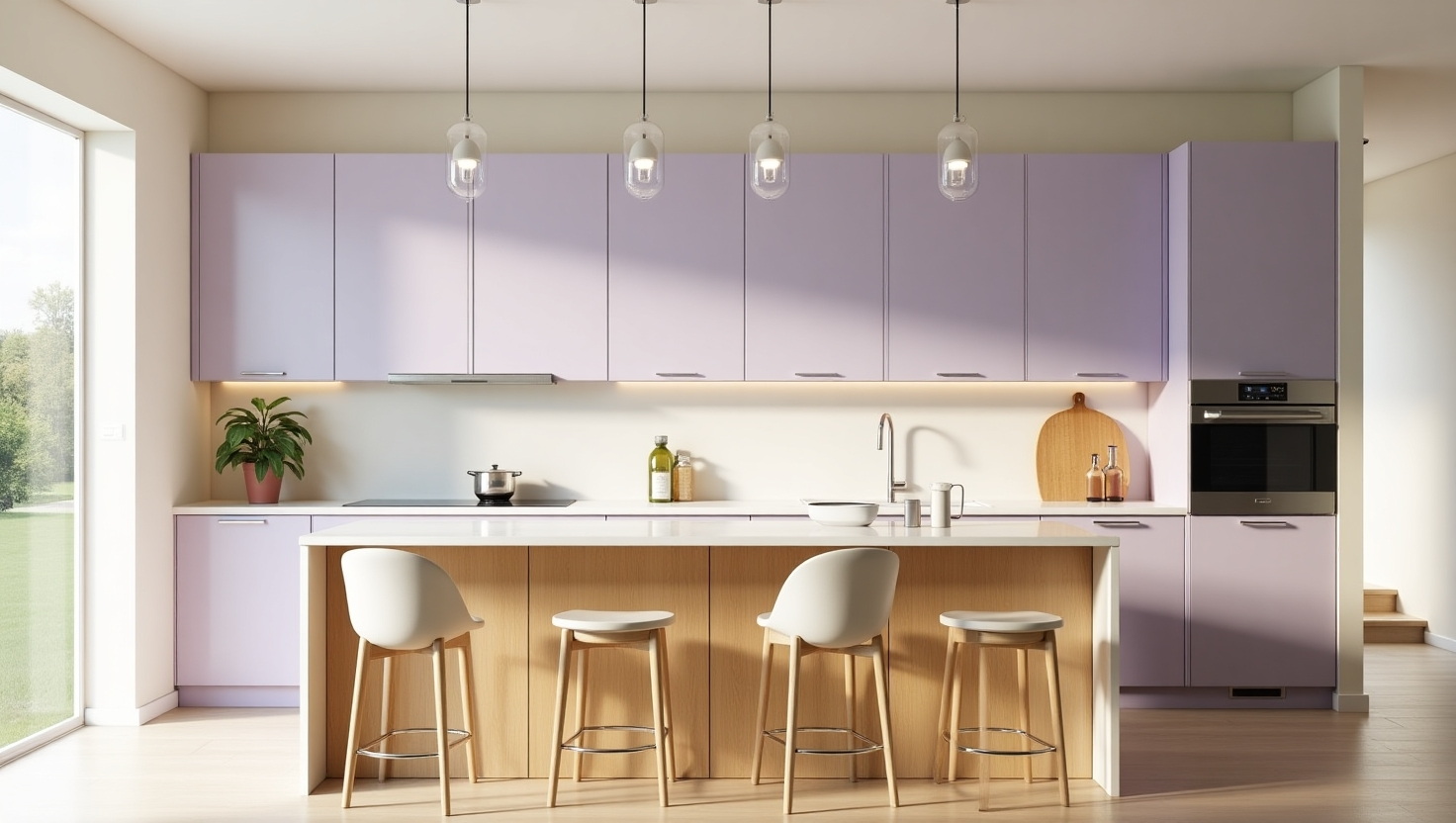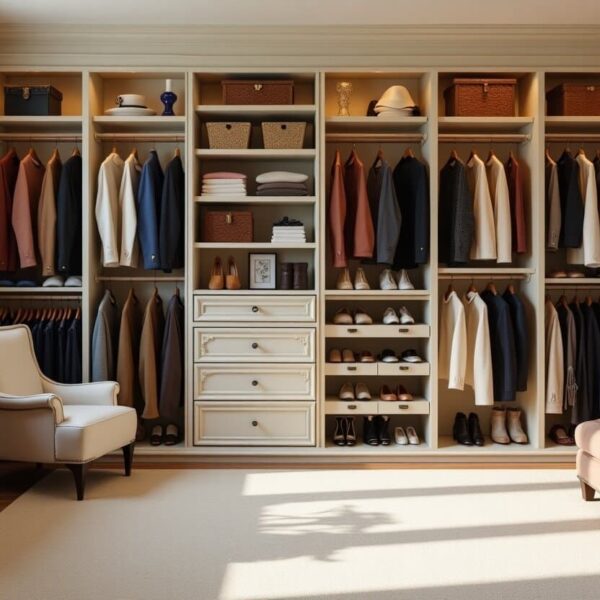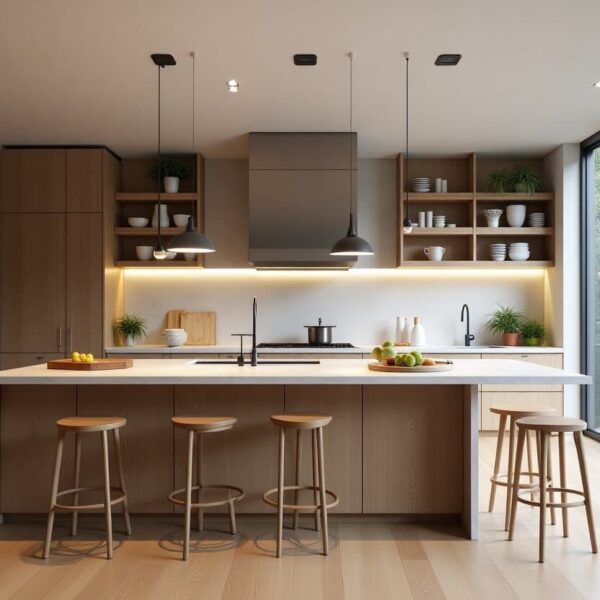Kitchens don’t have to be all one color or material anymore. More people are mixing colors and textures to make their kitchens feel more alive and personal. This post will give you simple, real tips to pull off the two-tone kitchen cabinet look in a way that actually works in everyday life.
Why Mix Materials in Your Two-Toned Kitchen Cabinet?
Using more than one material or color in your kitchen cabinets makes a real difference. A kitchen in all one tone can feel a bit flat. Add contrast—whether in finish, texture, or shade—and the space feels more open, more interesting.
It’s also practical. Some parts of the kitchen get more used. You need something tough and easy to clean near the stove. Somewhere else, you might want wood—something softer, more natural.
Mixing gives you options. You don’t have to stick to one style. You can bring in a bit of contrast, or keep things subtle. The point is to make space feel like yours.
It also helps guide the eye. A different finish on an island, or a tall unit in a deeper shade, adds focus without trying too hard.
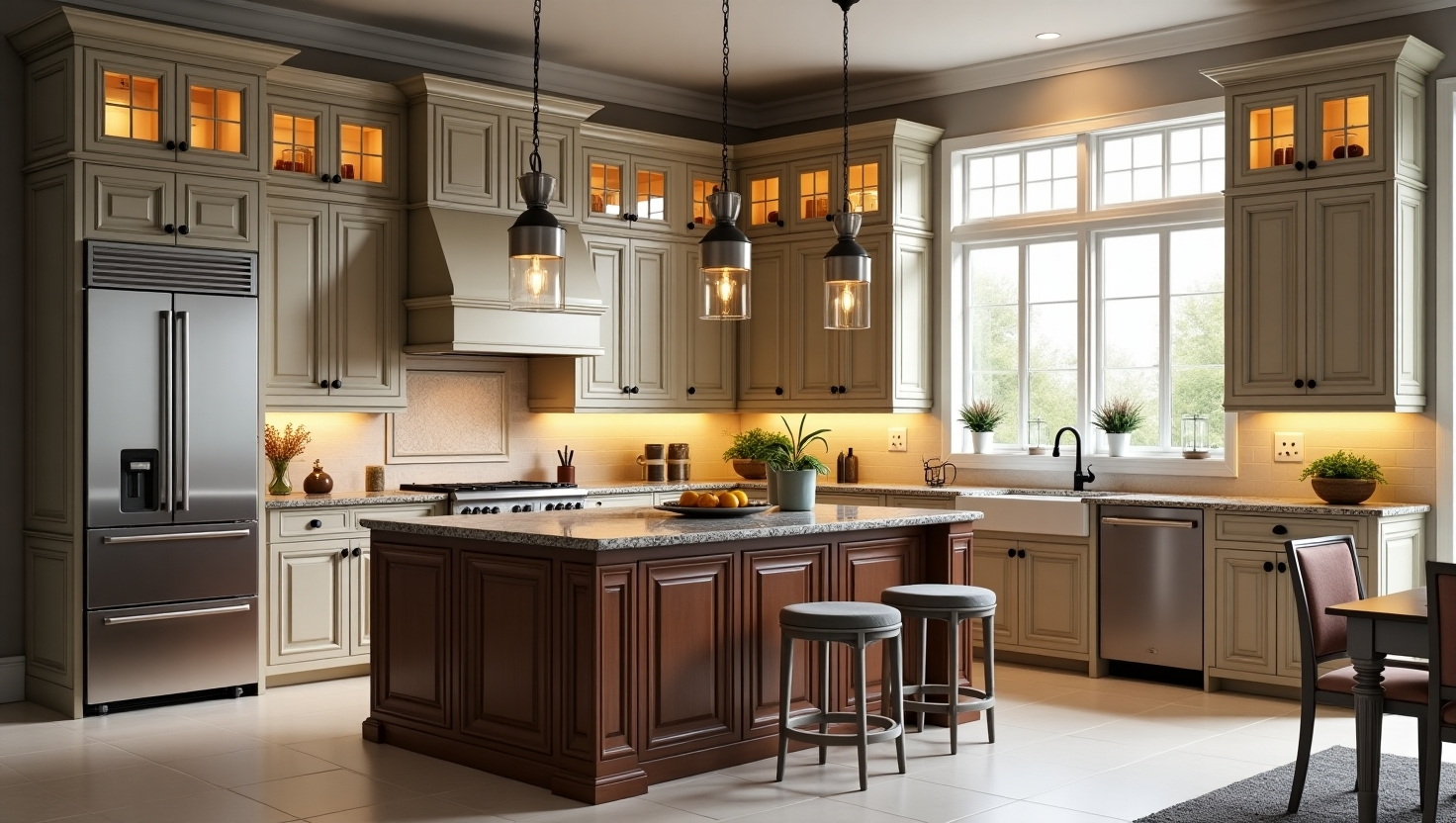
Before You Mix: Know the Basics
Before choosing colors or finishes, just look around your kitchen.
What draws attention first—the island, the cabinets, the counters? That’s your anchor. Work around it.
Pay attention to the light. If the space is bright, darker or matte surfaces can work. If it’s not, lighter ones usually feel better.
Style-wise, just have a general direction. It doesn’t need to be exact—just something that feels like you.
How to Harmonize Your Two-Toned Kitchen Cabinet Mix
What makes a two-toned kitchen work is balance.
You can keep it subtle by using different shades from the same color family—light and dark tones of grey, for example—for a soft, layered look. Or go bold with contrast: navy and white, black and oak, something that stands out.
The 60-30-10 rule helps keep things grounded. Use one material for most of the space (about 60%), a second one to add contrast (30%), and a third as an accent (10%)—something shiny, unexpected, or personal.
Mixing textures matters too. Try rough wood with sleek lacquer, or a brushed metal finish next to something soft and matte like linen-textured panels. The play between reflection and depth makes the space feel alive.
Have a project in mind? Send a message.
Get the catalog for free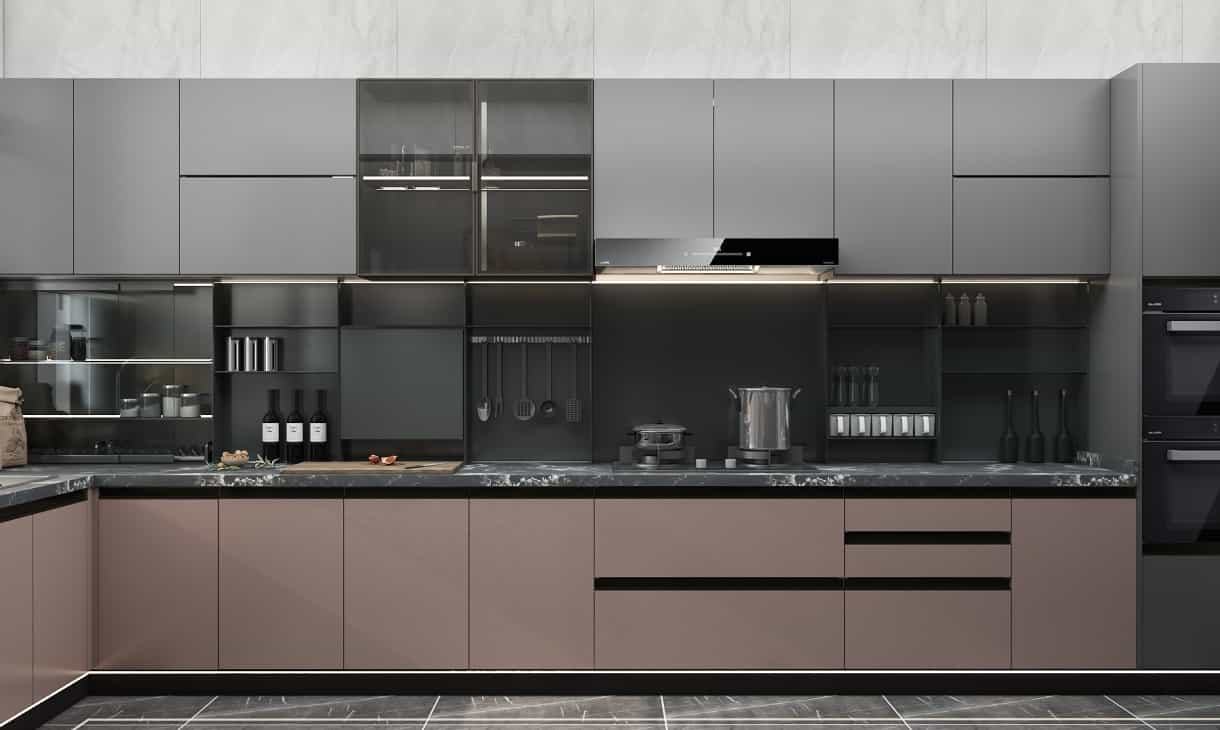
Classic Two-Toned Kitchen Cabinet Combinations You'll Love
Wood + White: The Best of Both Worlds
The natural warmth of wood perfectly balances the clean, modern feel of white, creating a timeless and inviting atmosphere. In a small kitchen, use white cabinets on top and wood on the bottom to visually lift the space. For an integrated look, use a wooden countertop on a white island.

The Drama of Matte Wood Grain + High-Gloss Lacquer
Defy convention by putting a light, matte wood grain on the upper cabinets and a high-gloss gray lacquer on the lower ones. This plays with light and texture to make the space feel taller.
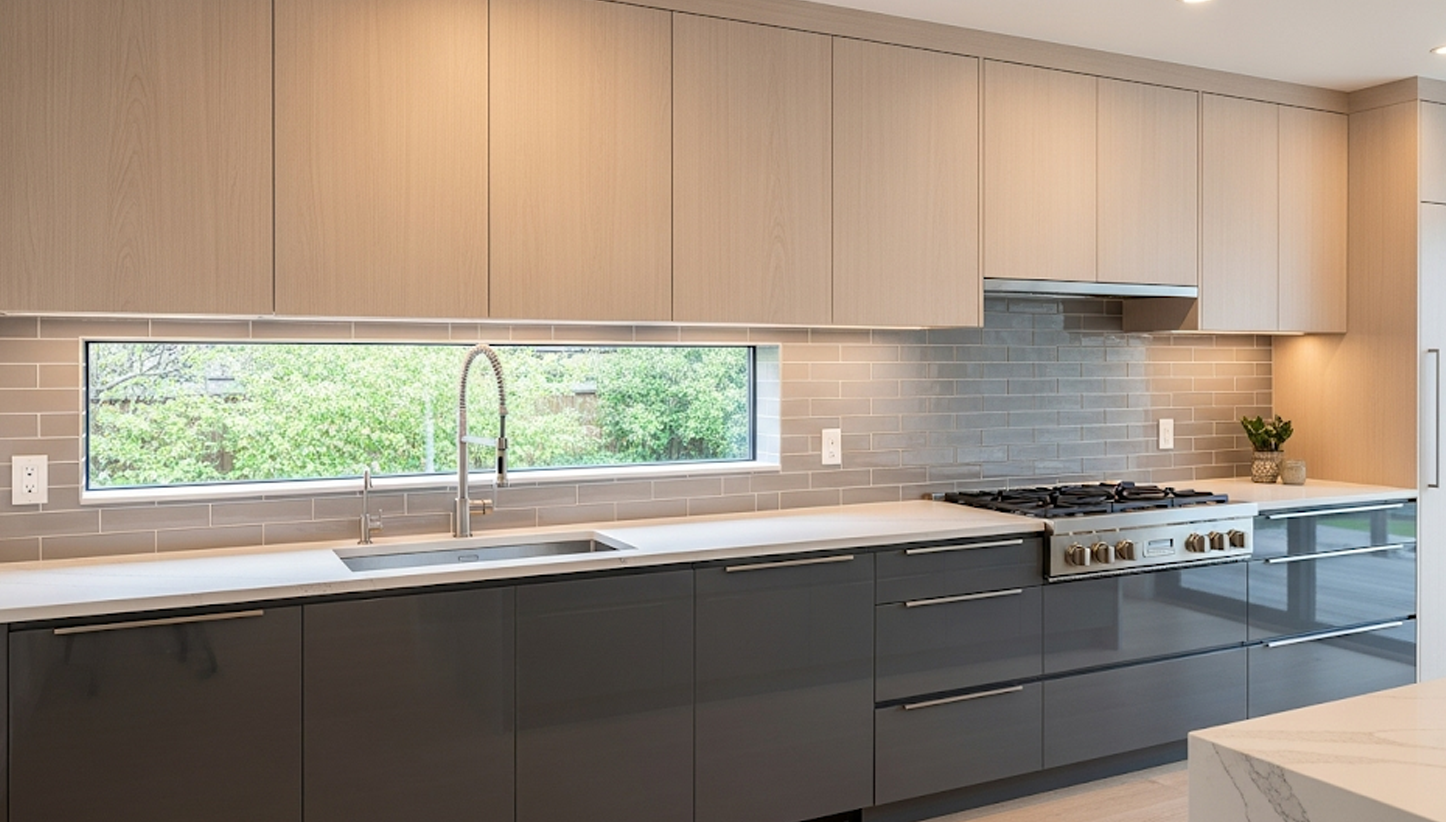
Color + Neutral: The Controlled Pop
Use a bold, saturated color (like navy blue or forest green) on the lower cabinets, keeping the upper cabinets white to avoid a top-heavy or overwhelming feel.
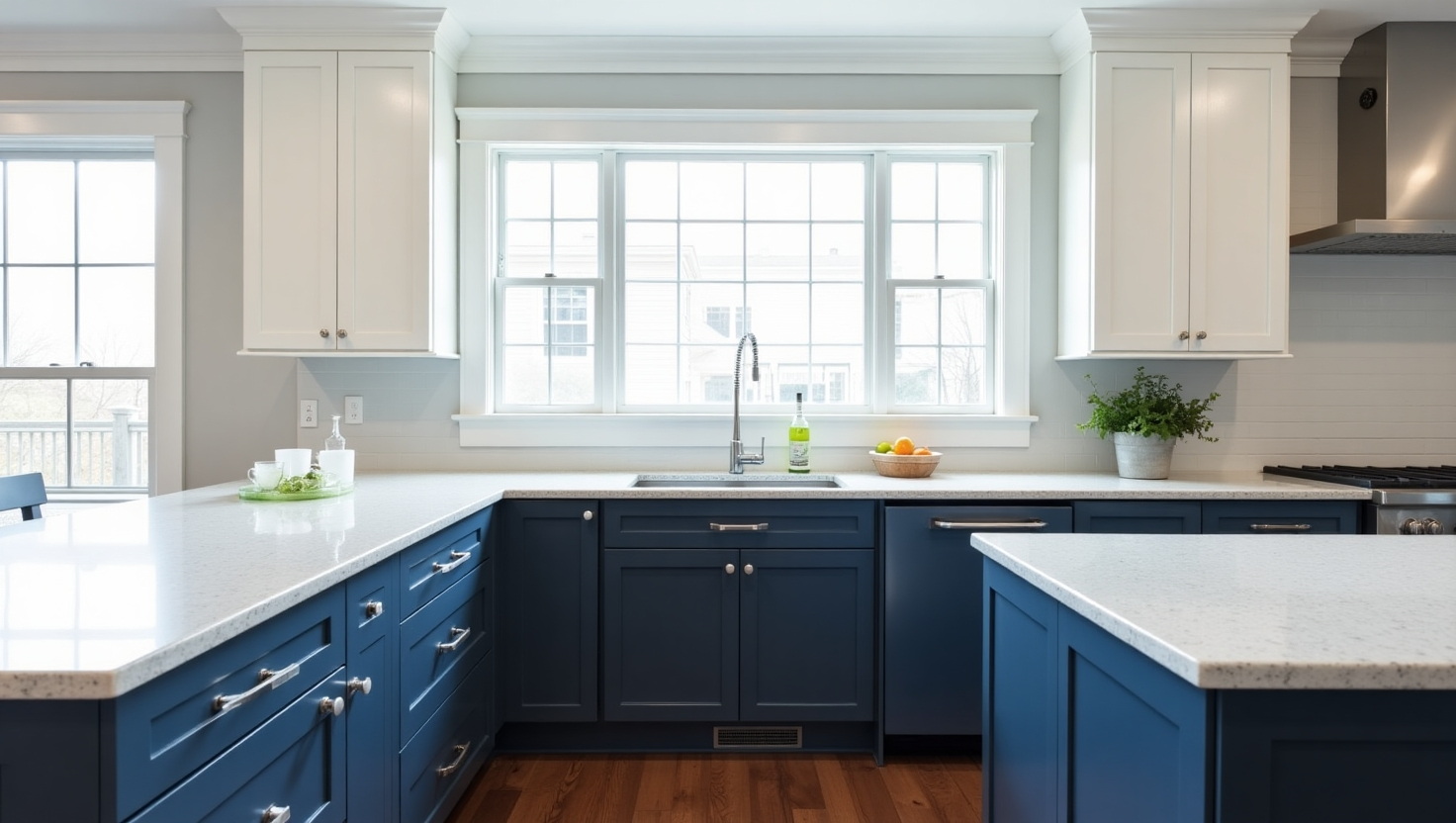
The Beauty of Monochromatic Neutrals
Break the perception that neutrals are boring. By layering different shades of whites, grays, or creams, you can create a subtle yet sophisticated depth. For example, use warm white upper cabinets with cool gray lower cabinets to build visual interest without strong color contrast.
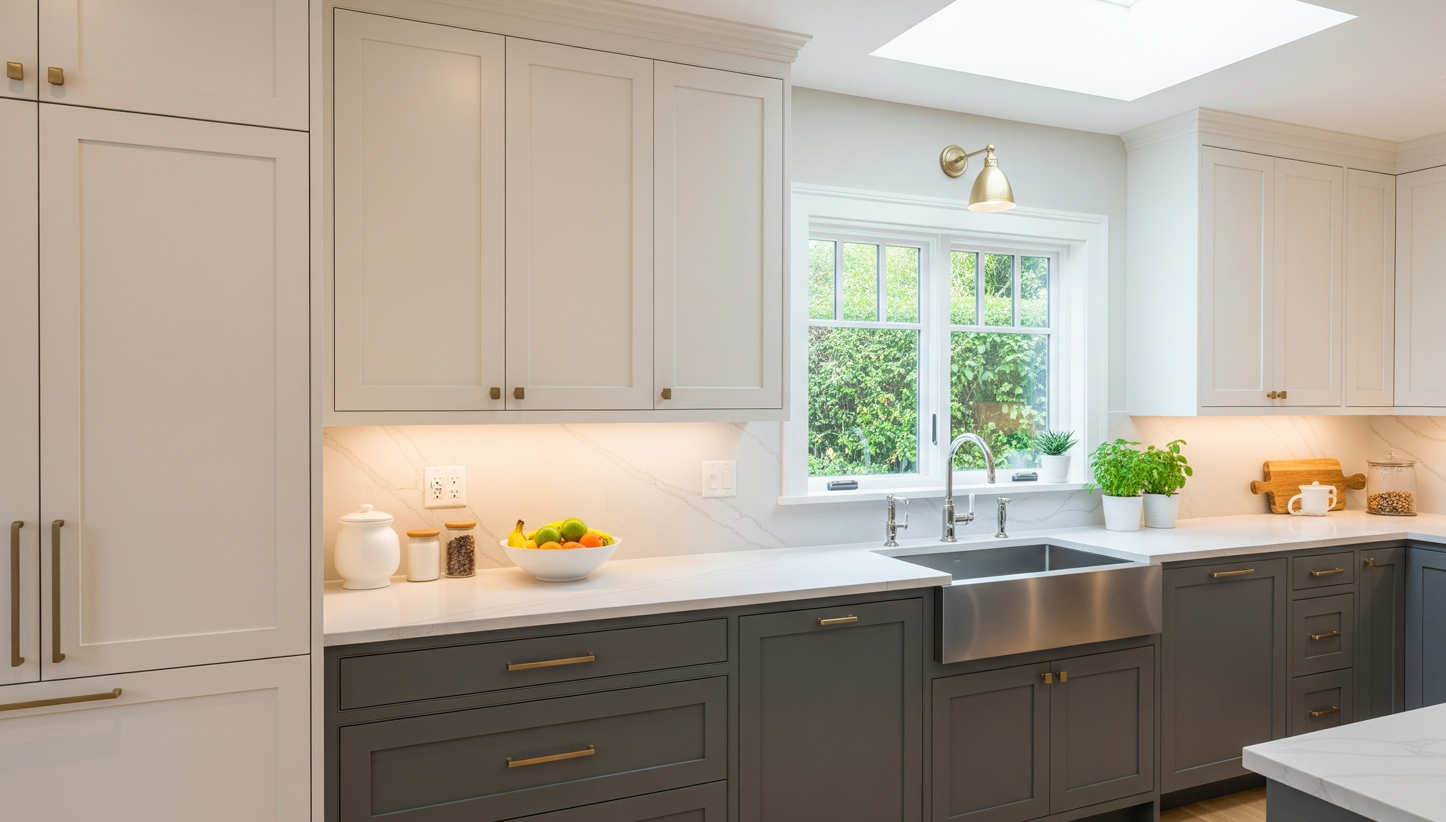
Two Woods, One Kitchen: Layered Textures
Combine different wood types for a natural and rustic feel. The key is to create contrast through tone, pairing a deep walnut with a light oak, or through texture, using a smooth, finished wood alongside a rustic, distressed one.
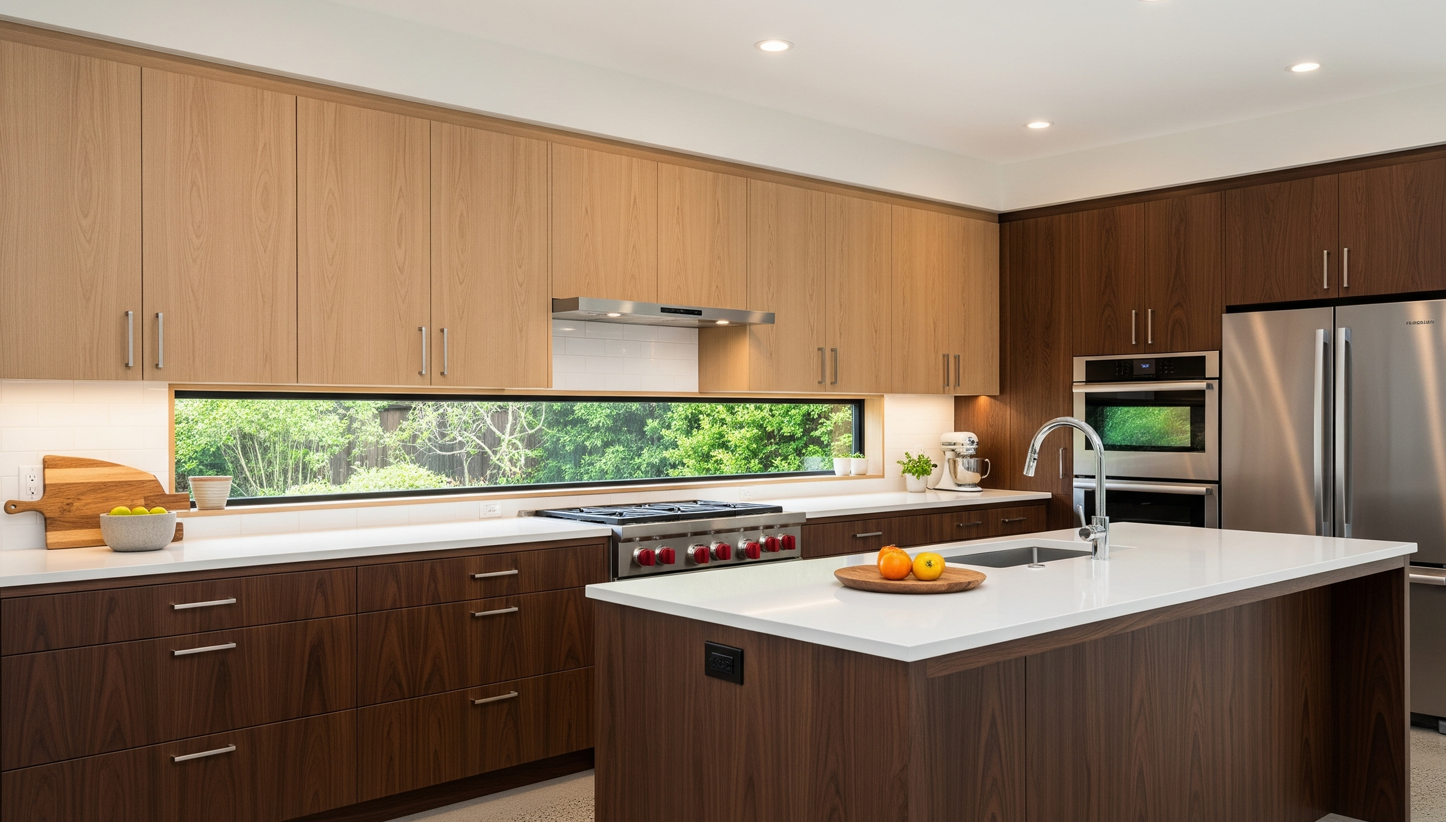
The Sophistication of Deep Colors + White
This is a classic for a reason. Using a rich, deep color like navy or hunter green for the bottom cabinets and a clean white for the top creates a grounded, elegant look. The white keeps the space from feeling too heavy while the deep color adds a touch of luxury.
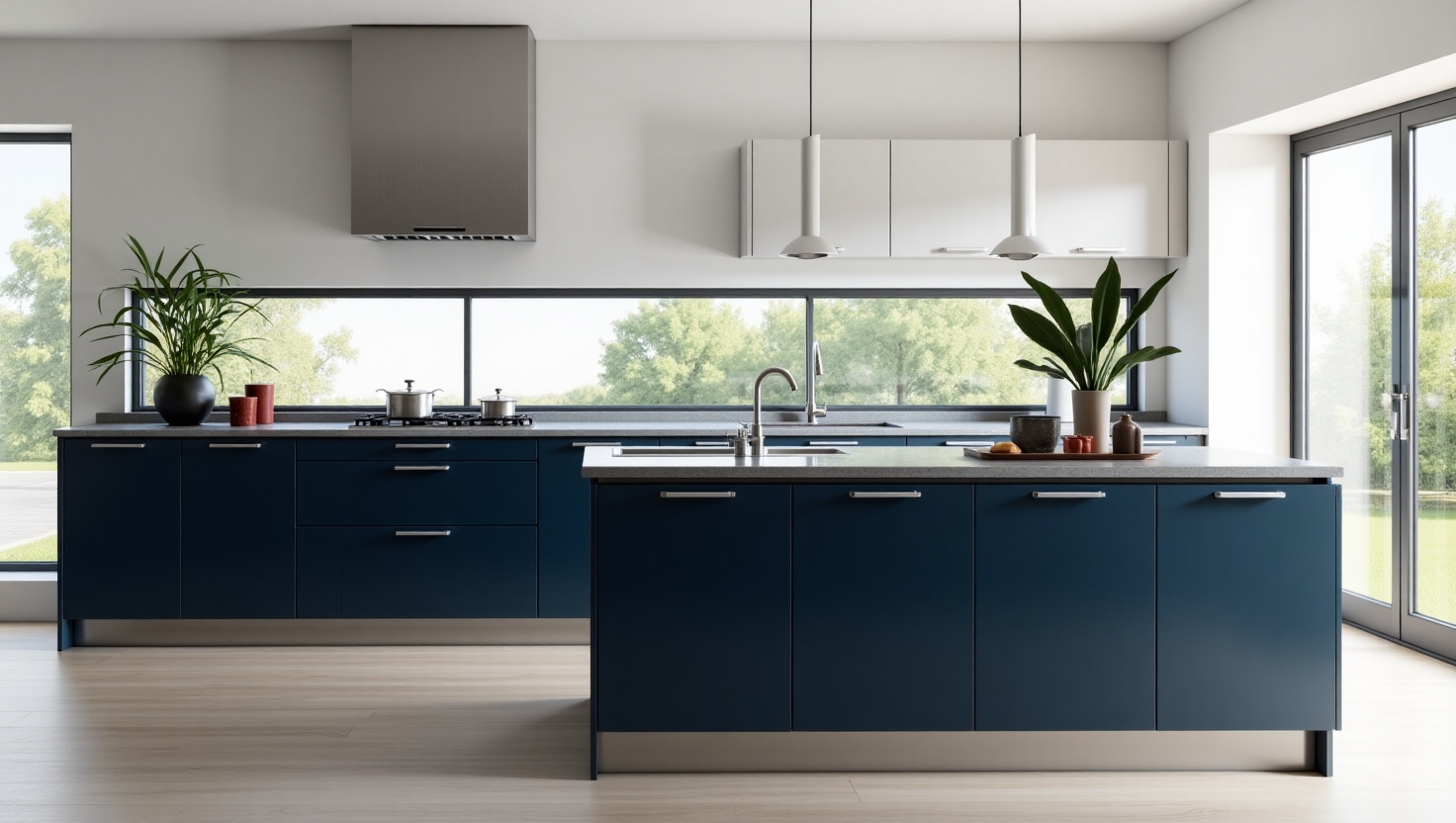
Professional Design Techniques for a Polished Finish
What really ties a two-tone kitchen together are the little details.
Keep things consistent—use the same style of handles or knobs on all your cabinets, and if you can, stick to one countertop material. It helps everything feel connected.
Lighting makes a difference, too. A strip of light under the cabinets can gently show off different textures, and a pendant light over the island can highlight a cool color or finish.
And don’t try to force where one material ends and another begins. Use corners, walls, or built-in appliances to naturally separate them. When space does the work for you, the flow feels easy.
Ready to Bring Your Vision to Life?
Successfully designing a two-toned kitchen is all about balancing color, material, and expert craftsmanship.
At NextHome Furnishing, a leading China kitchen cabinet manufacturer, we have over a decade of experience turning complex design ideas into stunning realities. We specialize in bringing intricate two-toned kitchen cabinet designs to life, from initial concept and design to precise manufacturing and delivery. Our team of experts can guide you through every choice, from wood species to hardware.
Ready to design the kitchen of your dreams? Contact NextHome Furnishing to discover how our expertise can transform your creative vision into a breathtaking reality.
Contact NextHome Now!
We are here to help you with your business needs. We have a team of experts who are always eager to help you.

